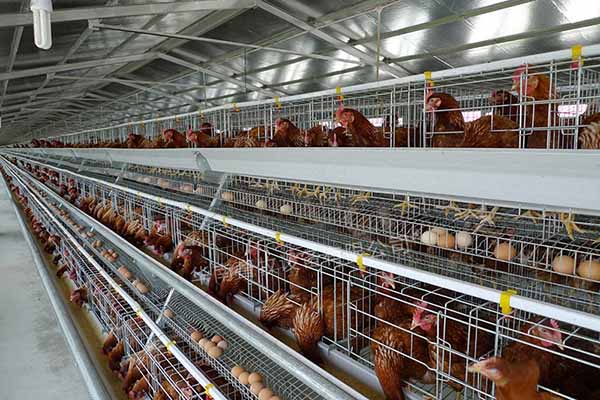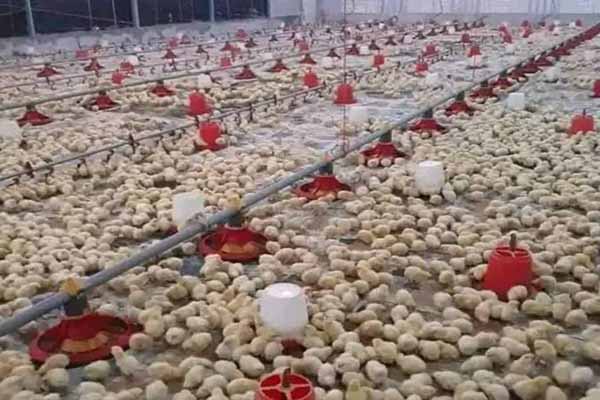Chicken Coop Modifications for Cold Climates: Essential Tips for Chicken Farmers
Introducing cold climates can be a challenge for chicken farmers. To ensure the well-being of your chickens, it’s crucial to modify your chicken coop to withstand the extreme temperatures. In this article, we’ll discuss some essential modifications that will help you keep your chickens healthy and comfortable throughout the cold season.
1. Insulation
Proper insulation is the cornerstone of a well-prepared chicken coop in cold climates. According to a study by the Journal of Sustainable Agriculture, an insulated coop can maintain an optimal temperature range for chickens, typically between 40°F to 70°F (4°C to 21°C). Here are some insulation tips:

- Install rigid foam insulation panels on the walls, ceiling, and floor.
- Seal any gaps or cracks around windows, doors, and ventilation openings to prevent cold air from entering.
- Use reflective insulation materials on the ceiling to reduce heat loss.
2. Ventilation
Although insulation is important, proper ventilation is equally crucial. A well-ventilated coop helps to prevent ammonia buildup and respiratory issues. Here are some ventilation suggestions:
- Install adjustable ventilation windows or louvered vents on the coop’s sides.
- Ensure that there is at least one ventilation opening on each side of the coop for cross-ventilation.
- Regularly clean the ventilation openings to prevent ice buildup during winter.
3. Heating
In extreme cold climates, additional heating may be necessary. Here are some heating options for your chicken coop:
- Infrared heaters: Provide a warm spot for chickens to gather and keep them warm.
- Heat lamps: Keep the coop warm without using much energy. Ensure that they are safely mounted and that the bulbs are of the appropriate wattage.
- Electrically heated water bowls: Keep water from freezing, ensuring that chickens have access to fresh drinking water.
4. Coop Design
The design of yo ur chicken coop plays a significant role in its ability to withstand cold weather. Here are some design considerations:
ur chicken coop plays a significant role in its ability to withstand cold weather. Here are some design considerations:
- North-facing orientation: A north-facing coop allows for maximum solar gain, which helps to warm the coop during the winter.
- Roof overhang: An overhang can help shield the coop from heavy snowfall and direct sunlight.
- Deep bedding: Provide deep bedding, such as wood shavings or straw, to help chickens insulate themselves from the cold ground.
By implementing these modifications, you can create a comfortable environment for your chickens, even during the coldest months. If you need further assistance or a free chicken coop design and equi pment quote, please feel free to leave a comment below. We’re here to help you optimize your chicken farming operation!
pment quote, please feel free to leave a comment below. We’re here to help you optimize your chicken farming operation!
, , , , , ,




